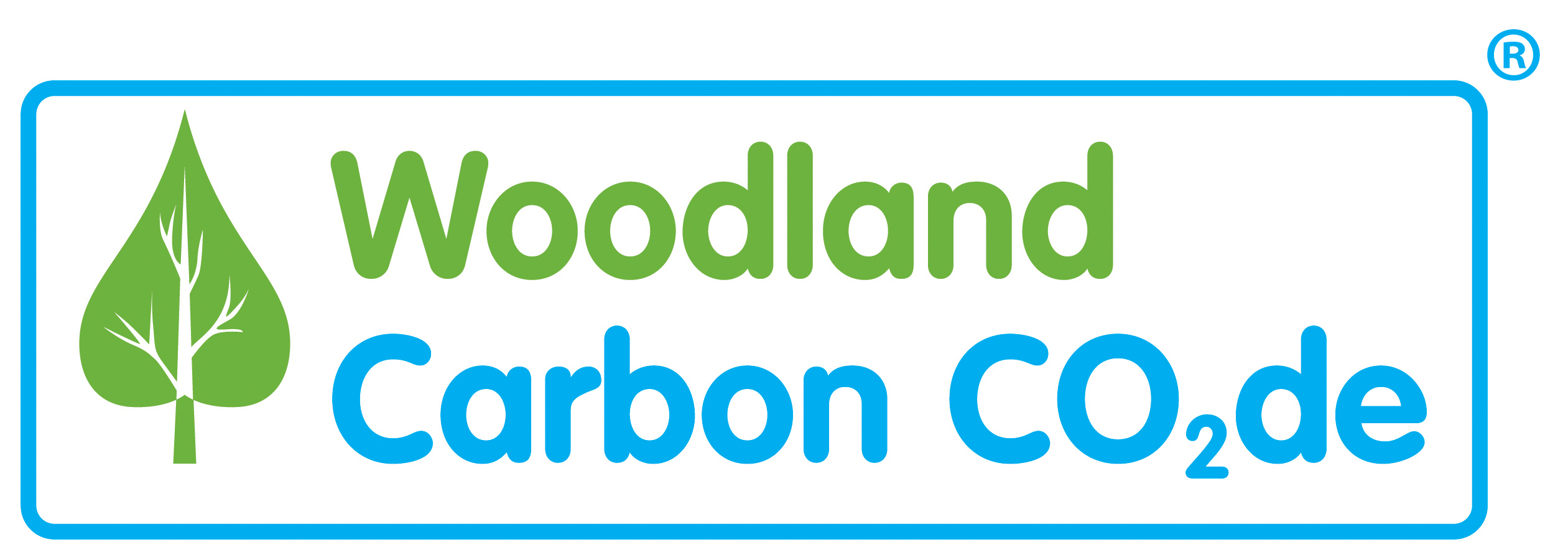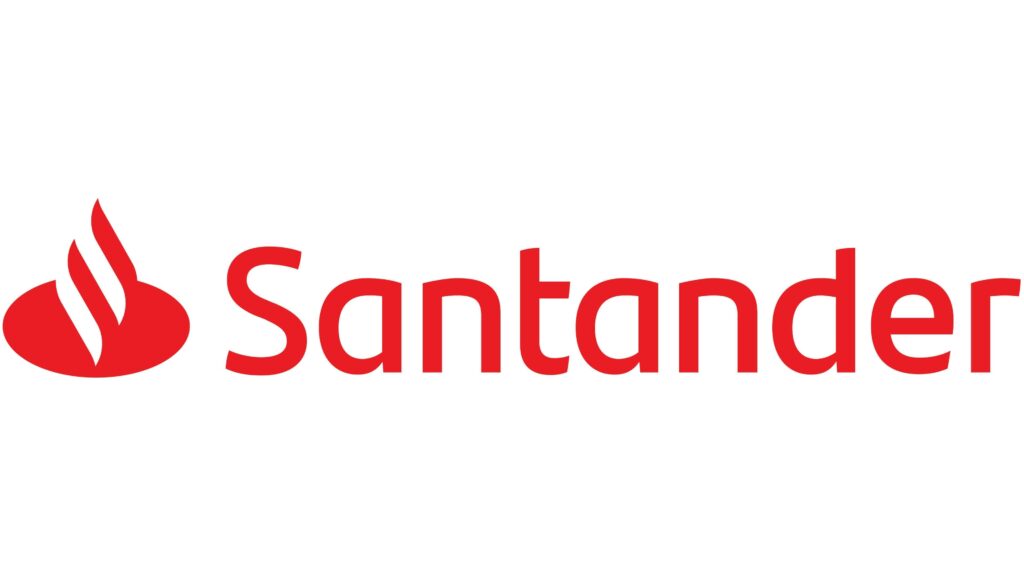Windermere Woodland Water Quality Project

Story
Windermere is England’s largest lake at over 18km long and sits in England’s largest National Park, the Lake District. Now a World Heritage Site, the Lake District National Park is home to stunning lakes and mountains and thriving communities like Keswick and Bowness-on-Windermere. It is visited by millions of people every year.
Windermere is an icon of Britain’s landscape. However, when nutrients such as nitrogen and phosphorus present in high concentrations, they can cause water quality issues. This is a result of nutrient inputs from various sources including sewage overflows, rural land use and private sewage systems, exacerbated by climate change. This is impacting the livelihoods of the people who live, work and play around the lake, as well as the biodiversity of the lake itself, threatening the future of this precious ecosystem.
The Revere collaboration was tasked by the Lake District National Park Authority to identify nature-based solutions to tackle the high levels of phosphorus pollution entering watercourses in the Windermere catchment area extending across 2,400+ hectares, and the Windermere Water Quality Project was created.
The project is being delivered through a partnership between the Lake District National Park Authority, Revere and local delivery partner, South Cumbria Rivers Trust.
The pioneering project is far reaching in its ambition. It has been carefully designed to have multiple environmental benefits in addition to phosphorus reduction, including natural flood management, climate adaption and biodiversity enhancement. It will also support the local community by providing new jobs, diversifying income streams for farmers whilst ensuring they can continue to farm and supporting tourism which contributes over £750 million a year to the local economy.
South Cumbria Rivers Trust’s local knowledge and connections are vital to the project and the project team have been engaging with local landowners to plan its implementation. The project will also provide volunteering and community engagement opportunities.
It is hoped that the project will provide a replicable model for wider adoption across more National Parks, National Landscapes and beyond.
The project team have also been working with Forest Research to pilot a voluntary Woodland Water Code, testing proposed elements in the Windermere context. The pilot project is researching, developing and running a series of desk-based pilots on Woodland Water Units for water quality, flood alleviation and water shading. A new Woodland Water Code could help unlock new high integrity options in what is currently a nascent voluntary freshwater market in the UK. The Revere collaboration will continue to support Forest Research as they develop the code.
If you would like to discuss investing in this project, funding further innovation work to support its development or the purchase of Woodland Carbon please contact ross.powell@thepalladiumgroup.com or lisa.sensier@nationalparks.co.uk
If you are a landowner and would like to find out how to get involved in the project please contact jayne.wilkinson@nationalparks.co.uk
Photos by Lake District National Park Authority.
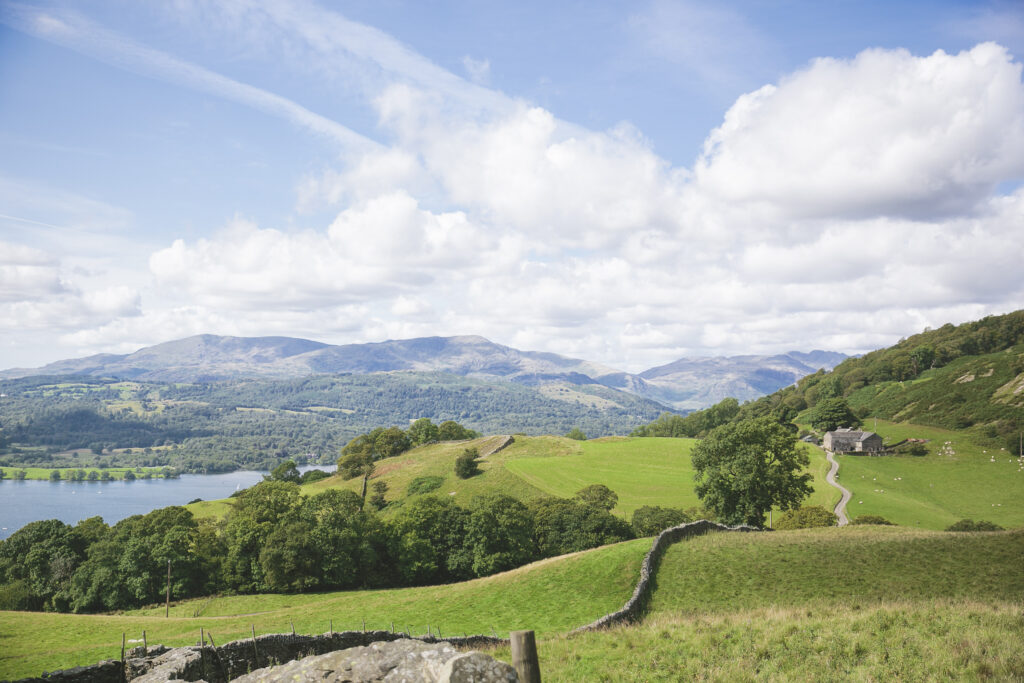

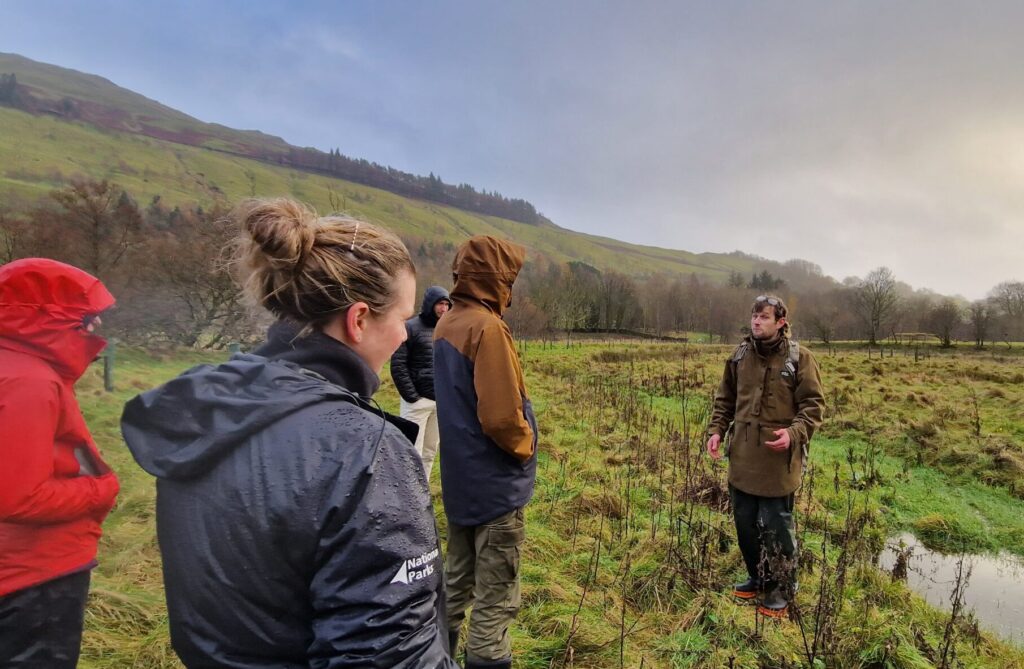
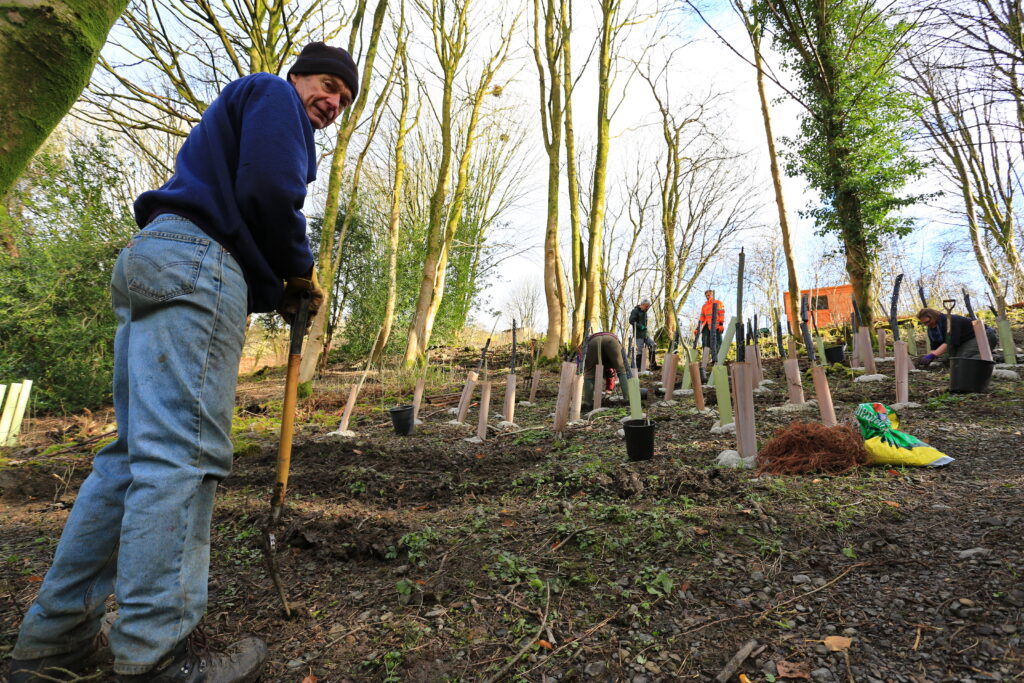

Key statistics
- Location: Lake District National Park, UK
- Size: 265+ hectares riparian woodland creation, 165+ hectares wetland creation
- Status: Advanced project design – funding partners required
- Credit type: Woodland Carbon Credits
- Standard: UK Woodland Carbon Code
- Carbon removal: 61,950+ tonnes of CO₂ over 40 years
Project approach
The team modelled data from the catchment area to assess which nature-based solutions will be most effective in reducing pollution, and where they could be located. This resulted in a map of riparian woodland and wetland creation covering over 430 hectares across the catchment, to trap sediment and nutrients, slow and cool the flow of water through the catchment, capture carbon and boost biodiversity. Catchment options are being validated through ground truthing, alongside a community engagement programme.
The Windermere Water Quality Project is being delivered through public and private finance, securing investment for the initial stages of work which in turn enables the generation of new sources of income through the sale of ecosystems services. Initially the project is offering ethically aligned corporates woodland carbon credits with water quality, nature and community co-benefits. As the UK nature finance market develops, it is hoped that verified woodland water or water quality credits will also become available. Using our own methodology, we have modelled that the wetland sites will generate 6,225 water credits. We are contributing our learnings to experts within the sector exploring the viability of verified water quality credits.
The project design includes a future income stream for all landowners hosting and managing nature-based solutions on their land for 30 years, with staggered agreements covering the 40-year life span of the project
The core project work is scheduled to be delivered within five years, with routine monitoring and maintenance required to underpin the landowner payments over the rest of the project duration.
Initial baseline monitoring, using spot samples for phosphate, has been undertaken. Further spot samples throughout the catchment and at project sites, supported by the future deployment of in-situ sondes, will help monitor long-term changes to water quality over the life of the project.
The woodland elements of the project will generate high-integrity carbon credits verified by the UK Woodland Carbon Code. Assessments monitoring the amount of carbon sequestered are undertaken by third party verification audits at key monitoring intervals. Project monitoring and evaluation also includes assessment of the co-benefits beyond carbon sequestration.
